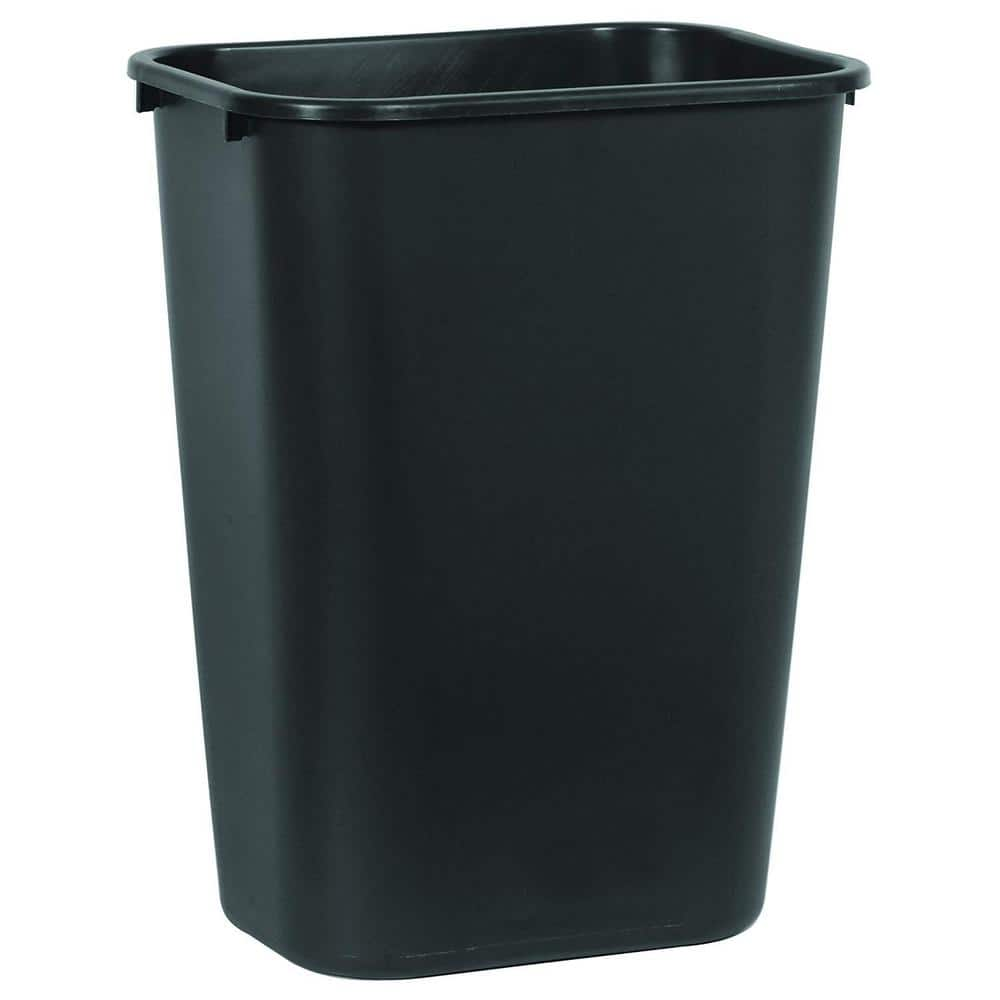Rurumo
Well-Known Member
4 3.5 gal air pots with 100% coco, I water twice per day (during flower) with 20% runoff-5 gallons of nutes is plenty for me. I usually stick right around 600 ppm at 5.8. Such an easy and awesome grow method, I loves me coco. I suck the runoff out with a manual liquid transfer pump-my battery ones kept dying but the $12 manual one is going strong.






